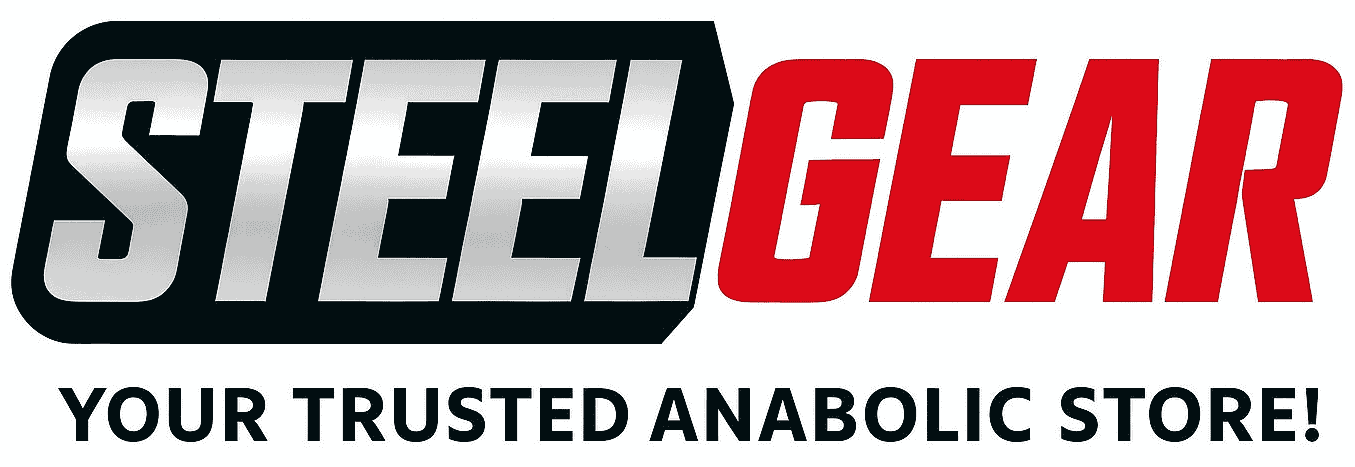Dips Training

Many think of dips like a shoulder exercise, but the muscle group that mainly have to work in this laborious but effective movement, the triceps. Axes get a proper stretch as you lower yourself down. Posterior deltoid (deltoid), and upper pectoralismusklerna (chest) plays an important role when you press your way up, but it's the triceps that performs most of the work. During the execution of dips you contract all the muscles in a slightly different way than you do in most other exercises. You should therefore include dips in your training to a maximum of developing the major muscles of the upper body.
Anterior deltoid muscle originates on the outer part of the clavicle and scapula sauce. It attaches to the upper outer arm in what is called tuberosity deltoidea.The upper part of the pectoralis major occupy between a quarter and a third of the total breast muscle mass.Pectoralis minor is a small muscle in the upper chest. It extends from the outer surfaces of the third, fourth and fifth ribs to processus coacoideus (raven beak Committee).Serratus anterior is located on the outer portion of the ribs side and is covered by the shoulder blade at the back and the pectoralis major on the front side. It originated in the outer parts of ribs 1-8 or 1-9 and it attaches to the shoulder blade inner edge.
Substantially the involved muscle groups
The shoulder area is the main muscle groups involved anterior deltoid (deltoid) and the upper part of the pectoralis major (large chest muscle). The muscles that are working to bring the scapula (shoulder blade) forward is the pectoralis minor (small pectoral muscle) and serratus anterior (anterior serrated muscle). Triceps brachii (three-headed arm muscle) is the muscle group that is involved in the elbow joint.






















Leave a Comment